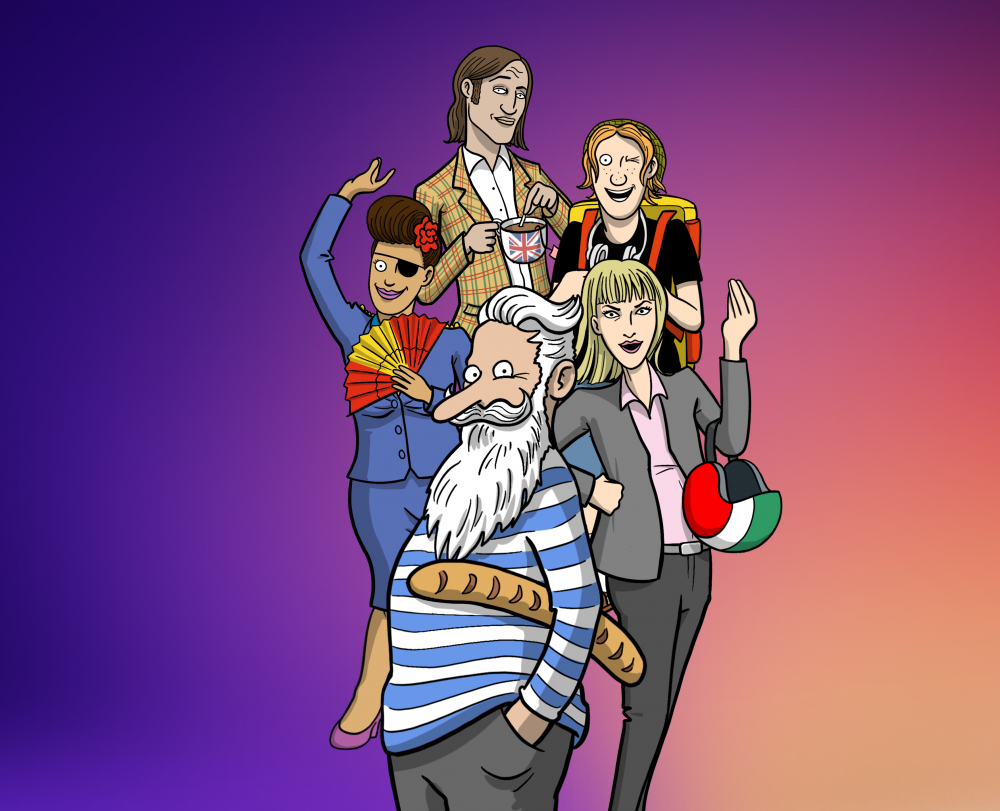Impersonal structures
We use impersonal structures when the subject of the verb (the person “doing” the verb) is unknown or not specified. We form it in the following way:
- Si + lui/lei (he/she) form of the verb to refer to a single thing or person.
Si mangia la pizza stasera.
There'll be pizza tonight (literally “one eats pizza tonight”).
- Si + loro (they) form of the verb to refer to several things or people.
Si vedono sempre gli stessi film in tv.
They always show the same movies on TV, or more literally, “one always sees…”.
- The lui/lei form of the verb on its own, to talk about the weather, a requirement, or a feeling.
Oggi piove e fa freddo.
Today it's raining and it's cold (literally, “today it rains and it does cold”).
Bisogna andare presto.
We need to leave early (literally, “(there is a) need to leave early”).
Sembra che rimanga in città.
He appears to be staying in the city (literally, “it seems that he remains in the city”).
- Expressions that indicate that there is no specific subject, such as qualcuno (someone), chiunque (anyone), l’uomo (man), or la gente (people).
Qualcuno ha domande? (= una persona singola non identificata in un gruppo)
Does anyone have any questions? (= a single unspecified person within a group)
Chiunque sa scrivere una cartolina. (= qualsiasi persona, tutti)
Anyone can write a postcard. (= any person)
L’uomo scoprì il fuoco nella preistoria. (= il genere umano)
Man discovered fire in the stone age. (= the human race)
La gente si lamenta dei politici. (= un gruppo di persone in generale)
People complain about politicians (= people in general). Note that gente is singular in Italian.
Still facing difficulties with 'Impersonal structures'? Enhance your grammar and learn Italian through our online Italian lessons.
Start with a free test and improve today!
What our users say:
Improve your Italian further and test Saga Baldoria, online Italian course.

